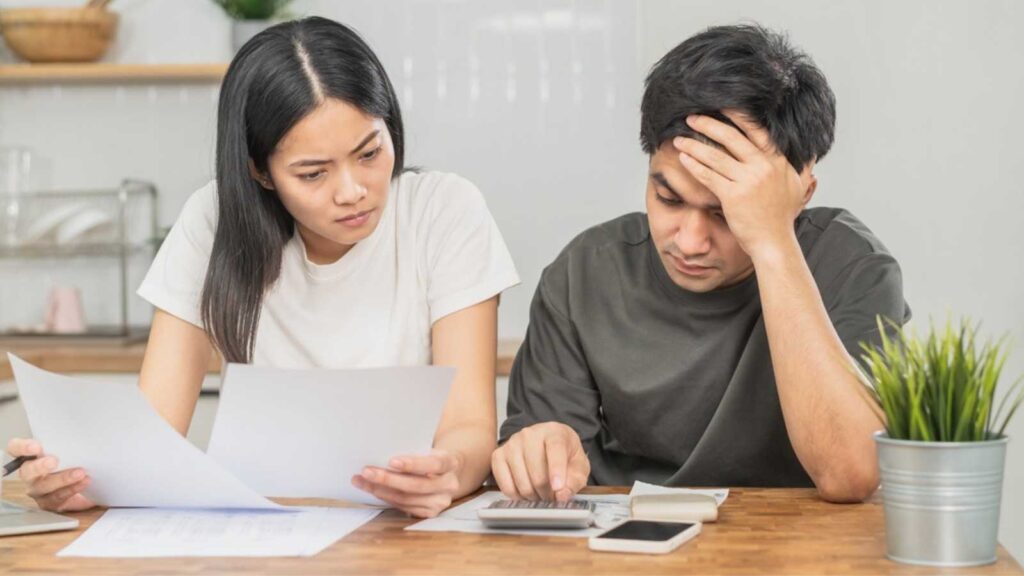An emergency fund is a financial safety net for unexpected events. It’s essential for peace of mind and financial stability. Here’s a guide on how to best save up a bit of extra cash.
Start As Soon As You Can
There’s no perfect time to start building an emergency fund. The best time is as soon as you’re able. Even if you can only contribute a small amount at first, starting early gives your savings more time to grow. The key is to get into the habit of setting aside money regularly.
Determine How Much You Need
Most financial experts recommend having three to six months’ worth of living expenses saved in your emergency fund. Calculate your monthly expenses, including rent, utilities, groceries, and any debt payments.
Multiply this amount by three or six, depending on your comfort level. This will be your savings target.
Set Up a Separate Account
Keep your emergency fund separate from your regular checking or savings account. Having it in a dedicated account makes it less tempting to dip into for non-emergencies.
Look for a high-yield savings account with easy access but no penalties for withdrawals.
Make Saving Automatic
Set up automatic transfers to your emergency fund every payday. Treat it like any other bill you need to pay. Automating your savings ensures that you’re consistently contributing, even if you forget or feel tempted to skip a month.
Adjust as Your Financial Situation Changes
If your income or expenses change, adjust your savings plan accordingly. For example, if you get a raise, increase your monthly contributions. If your expenses go down, you may need less in your emergency fund, freeing up money for other financial goals.
Prioritize It Over Non-Essential Spending
Building an emergency fund should take priority over things like dining out or new gadgets. While it’s okay to treat yourself occasionally, keep your main focus on building your financial safety net. Cut back on non-essential spending and redirect that money into your emergency fund.
Rebuild After Use
If you need to use your emergency fund, start rebuilding it as soon as you’re able. Life is unpredictable, and you want to ensure you’re prepared for any future emergencies.
Go back to automatic transfers and reassess your budget to see where you can contribute extra.
Avoid Dipping into It Unnecessarily
It’s important to only use your emergency fund for true emergencies, such as unexpected medical bills, car repairs, or job loss. Avoid using it for planned expenses, vacations, or splurges.
Being disciplined about what qualifies as an emergency will keep your fund intact when you need it most.







